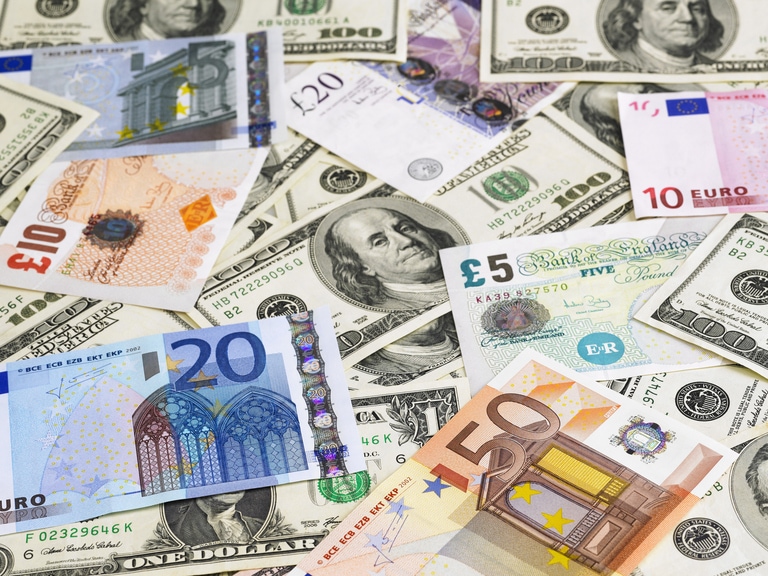With the White House and Republican leaders agreeing a deal on the debt ceiling at the weekend, markets are now obsessing about whether the deal will get the necessary votes to pass into law, as partisan interests line up to criticise the deal. With the deadline for a deal now said to be next Monday, 5 June, a vote will need to go forward by the end of the week, with ratings agencies already sharpening their pencils on a US credit rating downgrade.
European markets sank sharply yesterday, along with bond yields, as markets started to fret about a recession, while oil prices sank 4% over demand concerns. US markets also struggled for gains, although the Nasdaq 100 has continued to outperform as a small cohort of tech stocks contrive to keep US markets afloat.
As we look towards today’s European open and the end of the month, we look set for further declines after Asia markets slid on the back of another set of weak China PMIs for May. We’ll also be getting another look at how things are looking with respect to economic conditions in Europe, as well as an insight into some key inflation numbers, although core prices will be missing from this snapshot.
French Q1 GDP is expected to be confirmed at 0.2%, while headline CPI inflation for May is expected to slow from 6.9% to 6.4%. Italian Q1 GDP is also expected to be confirmed at 0.5%, and headline CPI for May is expected to slow from 8.7% to 7.5%. We finish up with the flash CPI inflation numbers from Germany, which is also expected to see a slowdown in headline from 7.6% to 6.7% in May.
While this is expected to offer further encouragement that headline inflation in Europe is slowing, that isn’t the problem that is causing investors sleepless nights. It’s the level of core inflation and for that we’ll have to wait until tomorrow and EU core CPI numbers for May, which aren’t expected to show much sign of slowing.
We’ll also get another insight into the US jobs markets and the number of vacancies in April, which is expected to fall from 9.59m in March to 9.4m. While a sizeable drop from the levels we were seeing at the end of last year of 11m, the number of vacancies is still over 2m above the levels two years ago, and over 3m above the levels they were pre-pandemic. The size of this number suggests that the labour market still has some way to go before we can expect to see a meaningful rise in the unemployment rate off its current low levels of 3.4%.
EUR/USD – slipped to the 1.0673 area before rebounding with the 1.0610 area the next key support. We need to see a rebound above 1.0820 to stabilise.
GBP/USD – rebounded from the 1.2300 area with further support at the April lows at 1.2270. Pushed back to the 1.2450 area and the 50-day SMA, before slipping back. A move through 1.2460 is needed to open up the 1.2520 area.
EUR/GBP – slid to a 5-month low yesterday at 0.8628 just above the next support at 0.8620. A move below 0.8620 opens up the December 2022 lows at 0.8558. Main resistance remains at the 0.8720 area.
USD/JPY – ran into some selling pressure at 140.90 yesterday, slipping back to the 139.60 area which is a key support area. A break below 139.50 could see a return to the 137.00 area, thus delaying a potential move towards 142.50 which is the 61.8% retracement of the down move from the recent highs at 151.95 and lows at 127.20.






